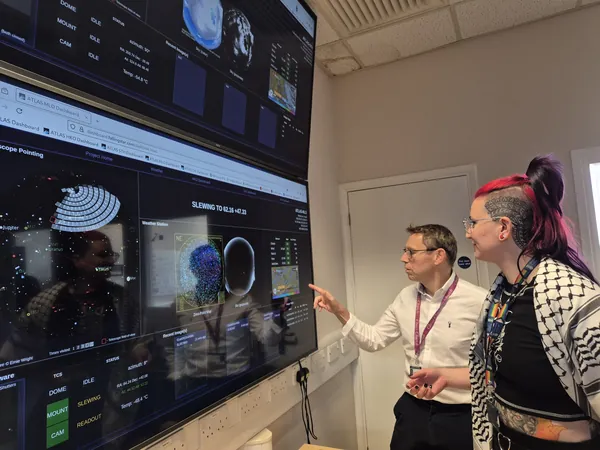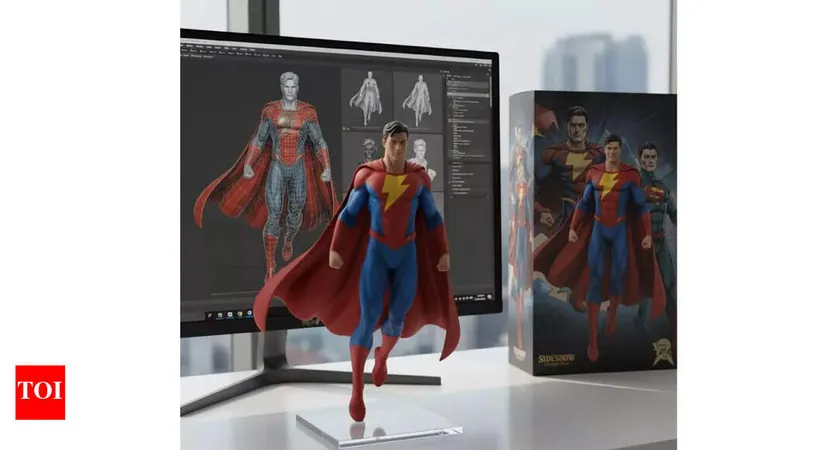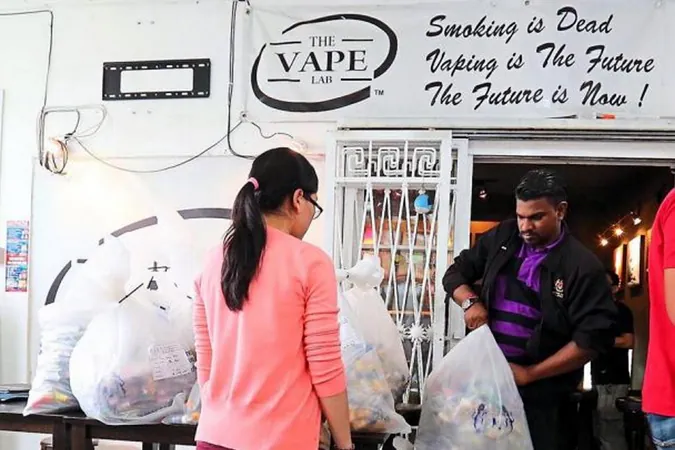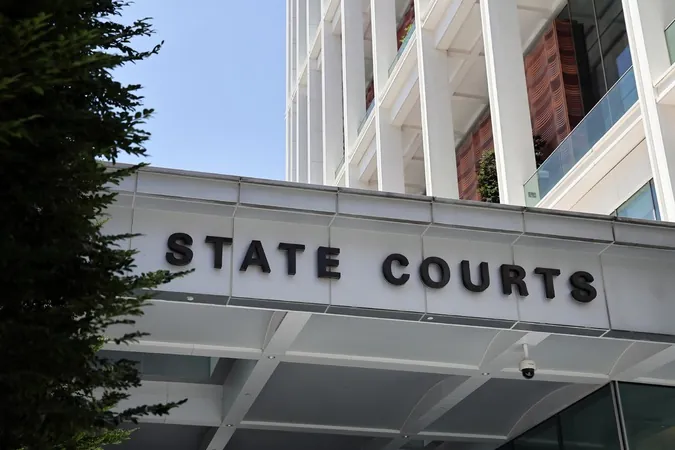
Revolutionizing Astronomy: How AI is Transforming Supernova Discovery!
2025-09-09
Author: Jia
AI Takes the Stars by Storm
A groundbreaking AI tool is set to change the game for astronomers, slashing their workload by an astonishing 85%! This innovative technology intelligently filters through thousands of data alerts to identify the rare gems—supernovae, the awe-inspiring explosions marking the end of massive stars. The findings were recently detailed in The Astrophysical Journal.
An Astronomer's Dream: Less Noise, More Signals
Lead researcher Dr. Héloïse Stevance from Oxford University revealed, "What’s shocking is how little data we needed. Just 15,000 examples and my laptop’s processing power enabled us to train smart algorithms for heavy data lifting. This showcases how AI, paired with expert knowledge, can revolutionize astronomical discovery without needing massive datasets or supercomputers!"
Spotting Supernovae: A Cosmic Challenge
Supernovae are rare cosmic events that help scientists unveil the origins of chemical elements in the universe. These stunning explosions appear unpredictably in the night sky and must be quickly spotted before their brilliance fades. The race is on to identify signals amidst the cosmic chaos.
The Search is On!
A collaborative team from Oxford University and Queen's University Belfast utilizes the Asteroid Terrestrial Impact Last Alert System (ATLAS) to track these explosive events. Originally designed to warn us of asteroid impacts, ATLAS scans the entire visible sky every 24 to 48 hours using a network of five telescopes positioned worldwide. However, the sheer volume of alerts—millions every night—often leads to chaotic noise filled with instrumental errors and known objects.
Manual Verification: A Time-Consuming Task
Even after applying standard filters and automated analyses, researchers faced a daunting task of sifting through 200 to 400 candidate signals daily. These signals needed manual verification, taking hours and leaving scientists scrambling for time.
Enter the Virtual Research Assistant (VRA)!
Enter the revolutionary Virtual Research Assistant (VRA), which uses automated bots to emulate human decision-making by ranking alerts based on their likelihood of being real supernovae. Unlike other AI methods requiring extensive training data, VRA employs smaller, efficient algorithms to focus on crucial data patterns.
Efficiency Redefined
The VRA doesn't stop at initial findings; it continually updates its assessments each time a telescope revisits the same area of the sky. This innovative approach ensures that only the most promising signals reach human astronomers for final review.
Impressive Milestones Achieved
In its inaugural year, the VRA filtered over 30,000 alerts while missing fewer than 0.08% of real supernovae alerts! This reduction in noise means astronomers can now focus on genuine phenomena without being overwhelmed.
Powering Future Discoveries
Integrating with the South African Lesedi Telescope, the VRA can trigger follow-up observations autonomously, leading to new supernova confirmations. Professor Stephen Smartt from Oxford remarked, "This tool will supercharge our capacity to explore rare cosmic phenomena, deepening our understanding of how chemical elements form and the expansion of our universe!"
Preparing for the Next Big Leap
With the Vera Rubin Observatory's Legacy Survey of Space and Time (LSST) set to launch in early 2026, astronomers prepare for a tidal wave of data—over 500 petabytes! Dr. Stevance emphasizes that tools like the VRA will be essential in navigating this avalanche and understanding the essential processes that create the universe's elements—from hydrogen to the ingredients in our beloved apple pies!
A Momentous Era in Astronomy
As Dr. Stevance continues working on Virtual Research Assistants for data from LSST, her vision includes predicting supernova eruptions before they happen! She states, "This moment in astronomy is historic—we are on the brink of an unprecedented data surge, and it’s a privilege to be part of this transformative journey."



 Brasil (PT)
Brasil (PT)
 Canada (EN)
Canada (EN)
 Chile (ES)
Chile (ES)
 Česko (CS)
Česko (CS)
 대한민국 (KO)
대한민국 (KO)
 España (ES)
España (ES)
 France (FR)
France (FR)
 Hong Kong (EN)
Hong Kong (EN)
 Italia (IT)
Italia (IT)
 日本 (JA)
日本 (JA)
 Magyarország (HU)
Magyarország (HU)
 Norge (NO)
Norge (NO)
 Polska (PL)
Polska (PL)
 Schweiz (DE)
Schweiz (DE)
 Singapore (EN)
Singapore (EN)
 Sverige (SV)
Sverige (SV)
 Suomi (FI)
Suomi (FI)
 Türkiye (TR)
Türkiye (TR)
 الإمارات العربية المتحدة (AR)
الإمارات العربية المتحدة (AR)